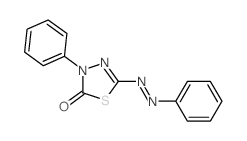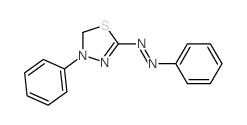60-10-6
| Name | Diphenylthiocarbazone |
|---|---|
| Synonyms |
(E)-N',2-Diphenyldiazenecarbothiohydrazide
Methanethione, [(E)-2-phenyldiazenyl](2-phenylhydrazinyl)- Dithizone Phenyldiazenecarbothioic Acid 2-Phenylhydrazide MFCD00003025 diphenylthiocarbazone EINECS 200-454-1 |
| Description | Dithizone,for analysis (Diphenylthiocarbazone) is a biochemical reagent that can be used as a biological material or organic compound for life science related research. |
|---|---|
| Related Catalog |
| Density | 1.2±0.1 g/cm3 |
|---|---|
| Boiling Point | 376.1±25.0 °C at 760 mmHg |
| Melting Point | 168°C (dec.) |
| Molecular Formula | C13H12N4S |
| Molecular Weight | 256.33 |
| Flash Point | 181.2±23.2 °C |
| Exact Mass | 256.078278 |
| PSA | 80.87000 |
| LogP | 4.01 |
| Vapour Pressure | 0.0±0.9 mmHg at 25°C |
| Index of Refraction | 1.644 |
| Stability | Stable. Incompatible with strong oxidizing agents. |
CHEMICAL IDENTIFICATION
HEALTH HAZARD DATAACUTE TOXICITY DATA
|
| Symbol |

GHS07 |
|---|---|
| Signal Word | Warning |
| Hazard Statements | H315-H319-H335 |
| Precautionary Statements | P261-P305 + P351 + P338 |
| Personal Protective Equipment | dust mask type N95 (US);Eyeshields;Gloves |
| Hazard Codes | Xi:Irritant; |
| Risk Phrases | R36/37/38 |
| Safety Phrases | S36-S26 |
| RIDADR | 2811 |
| RTECS | LQ9450000 |
| Packaging Group | III |
| Hazard Class | 6.1 |
| Precursor 8 | |
|---|---|
| DownStream 8 | |

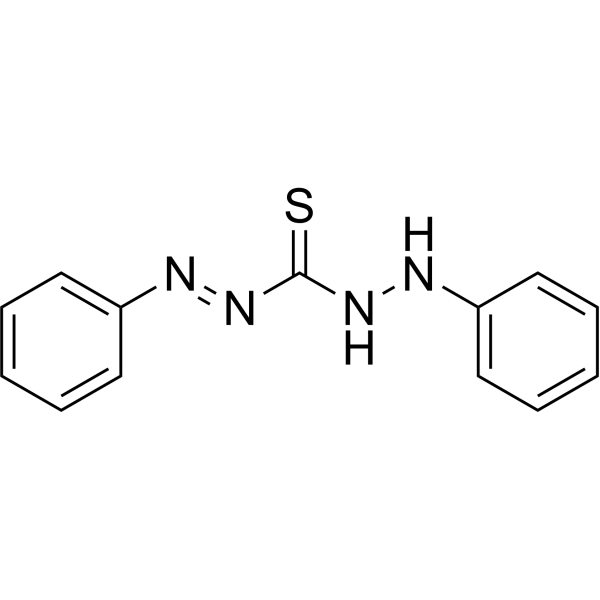


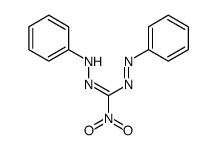
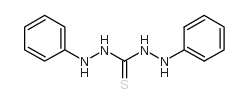

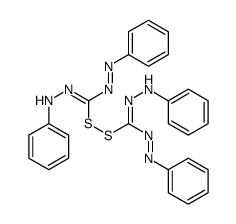
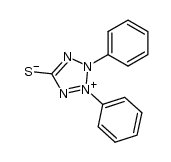
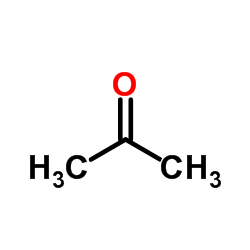
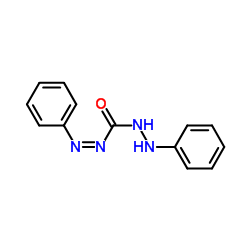

![Benzo[d]thiazol-2-amine structure](https://www.chemsrc.com/caspic/040/136-95-8.png)
